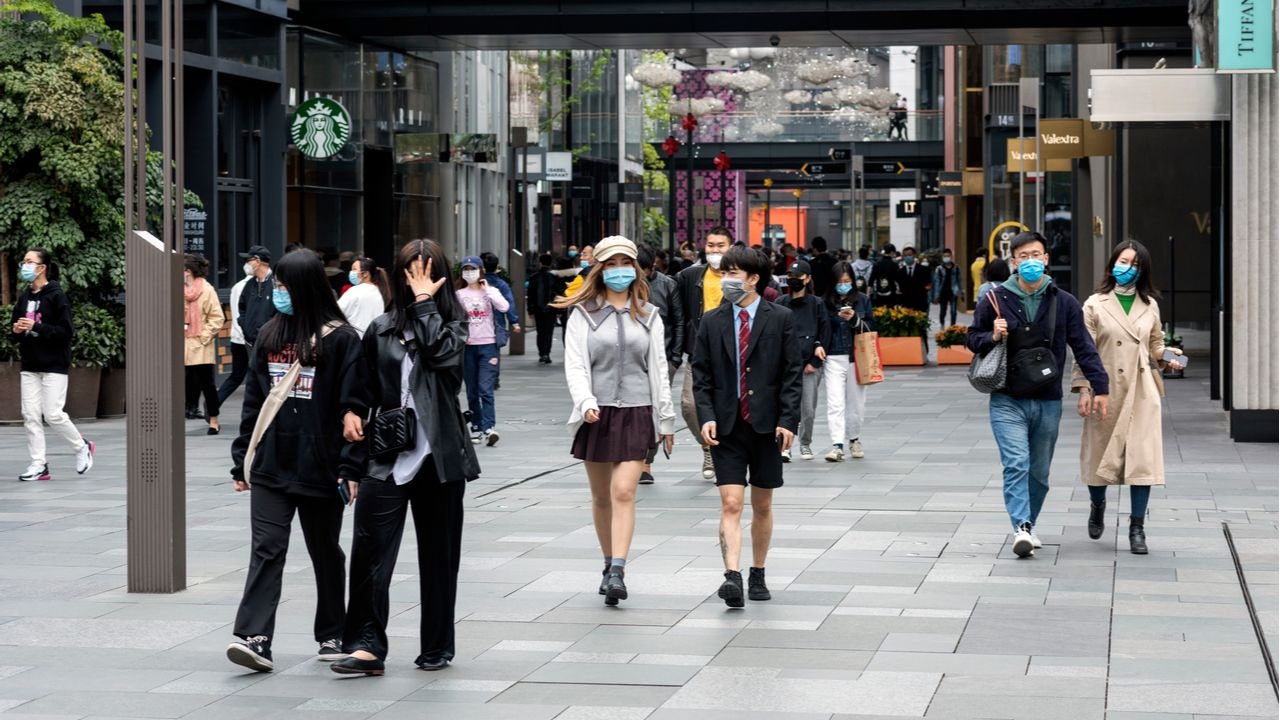What happened
Recently, the mainland recorded its highest level of unemployment among young urbanites since the country began tracking it in 2018.
In response, the Ministry of Human Resources and Social Security developed a national employment campaign that targets this year's 10.76 million recent college graduates and unemployed youth under the age of 35. Other job creation initiatives like monthly career fairs and grassroots recruitment campaigns are also underway. Targeted programs will be developed for graduates with disabilities or in need of financial assistance to ensure that they have access to internship opportunities.
The Jing Take
Statista reported that during the COVID-19 pandemic, the youth unemployment rate grew by roughly four percentage points in the first six months of 2020 to reach 15.4 percent in June. By December 2020, the unemployment rate dropped to 12.3 percent. But the issue remains top of mind — especially in China, where layoffs in the tech sector continue to unfold.
Occupational mismatches are another challenge looming over the mainland job market. Over-education is a serious problem in China, where the earning potential of youths with higher education degrees hasn’t increased significantly and higher-paying jobs aren’t readily available for young graduates due to structural imbalances.
Chinese-based western brands can put to good use their resources and expertise to create career development opportunities and hiring initiatives for recent graduates. Moreover, global companies could engage in partnerships to provide mentorships, apprenticeships and on-the-job training programs.
This way, western firms can ensure young Chinese have a clear path to full-time employment in the most coveted industries, while boosting goodwill in the key market and dovetailing with long-term localization. In April, China’s consumer confidence fell to 86.7 points from 113.2 points in March — the index’s weakest level since the data was first available in 1991. Considering the high level of uncertainty in the market, brands need contingency plans. Boosting trade skills and investing in China’s youth is a way of securing a sustainable future for Western companies in the country.
Moving forward, it’s likely that Beijing will continue on the same path and expand access to mentoring, internships, and vocational training programs. At the same time, fashion and beauty companies should partner with local authorities and Chinese higher-education institutions to develop platforms for skill-building. Coach, for one, has done so with its partnership with Shanghai Donghua University. Patient and diligent brands will come to see that investing in China’s youth means creating new engines of consumption.

The Jing Take reports on a piece of the leading news and presents our editorial team’s analysis of the key implications for the luxury industry. In the recurring column, we analyze everything from product drops and mergers to heated debate sprouting on Chinese social media.

